We put the Google Pixel 7a through our rigorous DXOMARK Audio test suite to measure its performance both at recording sound using its built-in microphones, and at playing audio back through its speakers.
In this review, we will break down how it fared in a variety of tests and several common use cases.
Overview
Key audio specifications include:
- Two speakers (Top front, bottom side)
- No jack audio output
Scoring
Sub-scores and attributes included in the calculations of the global score.
Google Pixel 7a


 63rd
63rd 6th
6thPlayback
Pros
- Good dynamics performance, especially punch and attack
- Good localizability
Cons
- Slightly thin, midrange focused, tonal balance
- Lack of wideness
- Bass distortion at nominal and maximum volumes
Recording
Cons
- Monophonic recordings with memo app
- Generally underwhelming performance at high sound pressure levels
The Pixel 7a delivered a decent performance in our DXOMARK Audio tests, with playback results that were in many ways very similar to the Pixel 6a, and recording results very close to the flagship device Pixel 7 Pro. The overall score is slightly lower than on the predecessor Pixel 6a, though.
In playback we found the Pixel 7a to be most suited for watching movies and listening to music. Sound was punchy, but the sound signature with the built-in speakers was slightly thin and resonant, which isn’t great for gaming. Recording results were best when shooting video with the main camera app in landscape orientation, with bright recordings that were nice to listen to. Front-camera sound was nice as well but offered a narrower sound scene, while the default memo app is limited to mono recordings only.
Test summary
About DXOMARK Audio tests: For scoring and analysis in our smartphone audio reviews, DXOMARK engineers perform a variety of objective tests and undertake more than 20 hours of perceptual evaluation under controlled lab conditions.
(For more details about our Playback protocol, click here; for more details about our Recording protocol, click here.)
The following section gathers key elements of our exhaustive tests and analyses performed in DXOMARK laboratories. Detailed performance evaluations under the form of reports are available upon request. Do not hesitate to contact us.
Playback
Google Pixel 7a
163
DXOMARK engineers test playback through the smartphone speakers, whose performance is evaluated in our labs and in real-life conditions, using default apps and settings.
In playback, the timbre was overall average and quite similar to what we had previously seen on the Pixel 6a. Our testers found it rather thin and midrange-focused, lacking bass and low midrange body, as well as high-end extension. In terms of dynamics, attack was often rounded but consistent across volume levels, and bass precision suffered from a lack of sustain. On the plus side, the 7a was quite punchy at all volume settings. Localizability of individual sound sources in the scene was great, but our experts found the balance to be slightly offset to the right. Overall, the sound scene created by the built-in speakers was slightly narrower than on other devices with similar dimensions.
Volume steps were distributed in a consistent way, and the Pixel provided good loudness at maximum volume, but the minimum volume step was a touch too quiet, making it hard to hear soft-volume sections in classical music for instance. Unwanted audio artifacts were overall managed pretty well, with only some bass distortion noticeable. We also observed some pumping at maximum volume. It’s worth mentioning that our testers found the speaker on the right be easily covered by accident with your fingers when holding the device, resulting in an even thinner tonal balance.
Listen to the tested smartphone’s playback performance in this comparison with some of its competitors:

Timbre
Google Pixel 7a
158
The Timbre score represents how well a phone reproduces sound across the audible tonal range and takes into account bass, midrange, treble, tonal balance, and volume dependency. It is the most important attribute for playback.

Dynamics
Google Pixel 7a
149
The Dynamics score measures the accuracy of changes in the energy level of sound sources, for example how precisely a bass note is reproduced or the impact sound from drums.



Spatial
Google Pixel 7a
162
The sub-attributes for spatial tests include pinpointing a specific sound's location, its positional balance, distance, and wideness.
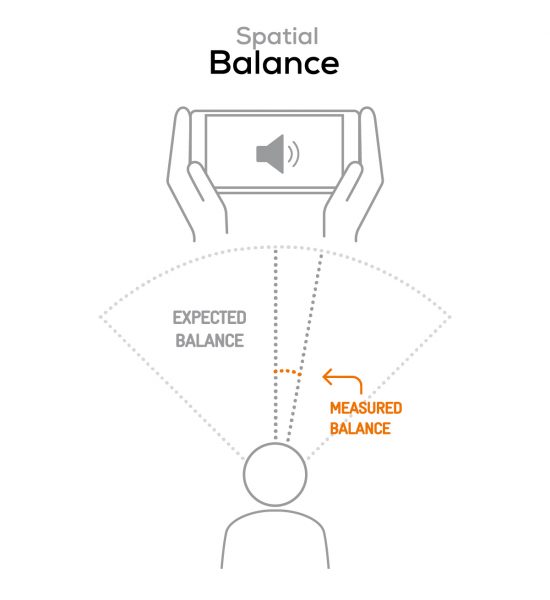
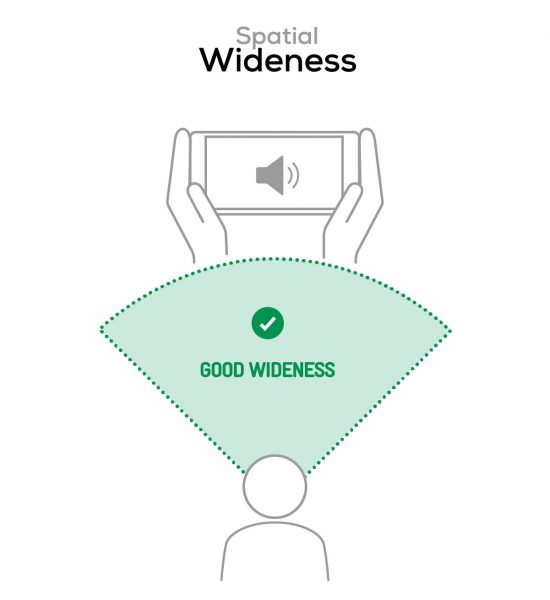

Volume
Google Pixel 7a
162
The Volume score represents the overall loudness of a smartphone and how smoothly volume increases and decreases based on user input.
| Hip-Hop | Classical | |
| Google Pixel 7a | 74 dBA | 69.5 dBA |
| Google Pixel 6a | 74.1 dBA | 69.1 dBA |
| Samsung Galaxy A54 5G | 75 dBA | 71.3 dBA |

Artifacts
Google Pixel 7a
157
The Artifacts score measures the extent to which the sound is affected by various types of distortion. The higher the score, the less the disturbances in the sound are noticeable. Distortion can occur because of sound processing in the device and because of the quality of the speakers.
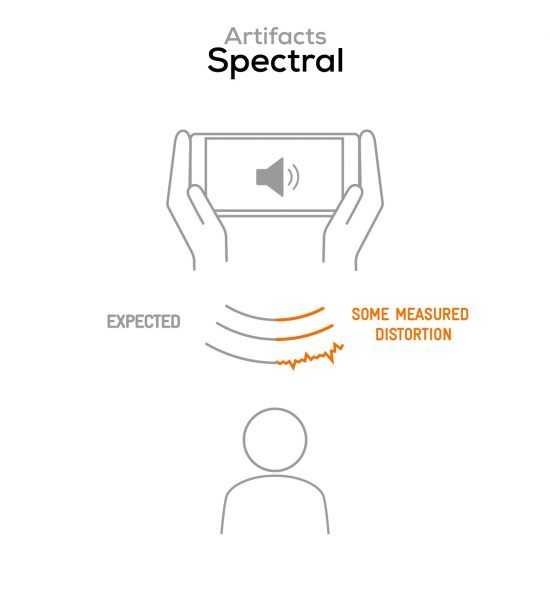

It represents the distortion and noise of the device playing our test signal (0 dB Fs, Sweep Sine in an anechoic box at 40 cm) at the device's maximum volume.
Recording
Google Pixel 7a
160
DXOMARK engineers test recording by evaluating the recorded files on reference audio equipment. Those recordings are done in our labs and in real-life conditions, using default apps and settings.
The performance in recording was overall very close to the Pixel 7 Pro. Timbre was very good, with a nice tonal balance in all use cases. Our testers noted a satisfying brightness, especially when recording video with the main camera. Dynamics performance was great as well, and consistent across use cases, with an accurate envelope and a pretty good signal-to-noise ratio keeping background noises at bay. Localizability in recordings was great, making it easy to pinpoint individual sound elements, especially when using the main camera in landscape orientation. In this use case, the wideness of the recordings was very good as well. Selfie recordings in portrait orientation featured a narrower sound scene, while the default memo app only records in mono.
Recording loudness was acceptable, but our experts found it to be weaker than on previous Pixel phones. The Pixel 7a also struggled with recordings at high sound pressure levels, for example concerts, where we observed unwanted artifacts, such as excessive compression, pumping and distortion. Microphone occlusions were not an issue, but slight finger noises and timbre changes could be observed when recording selfie video or using the memo app. The background was pretty much free of artifacts and, thanks to its pleasant and unintrusive tonal balance.
Here is how the Google Pixel 7a performs in recording use cases compared to its competitors:

Timbre
Google Pixel 7a
147
The Timbre score represents how well a phone captures sounds across the audible tonal range and takes into account bass, midrange, treble, and tonal balance. It is the most important attribute for recording.

Dynamics
Google Pixel 7a
146
The Dynamics score measures the accuracy of changes in the energy level of sound sources, for example how precisely a voice's plosives (the p's, t's and k's, for example) are reproduced. The score also considers the Signal-to-Noise Ratio (SNR), for example how loud the main voice is compared to the background noise.

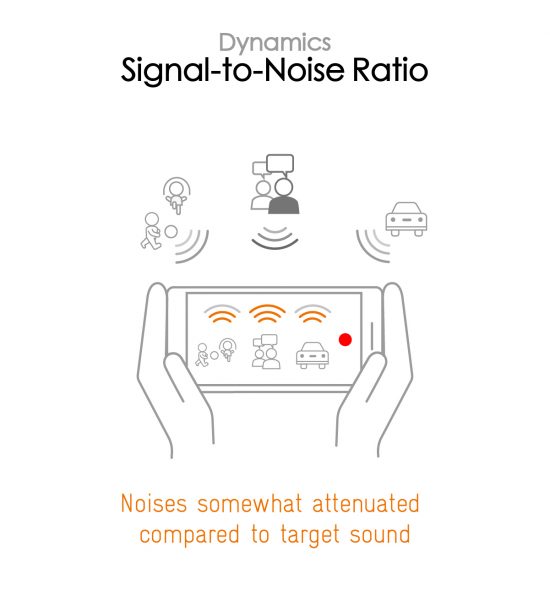

Spatial
Google Pixel 7a
159
The sub-attributes for spatial tests include pinpointing a specific sound's location, its positional balance, distance, and wideness on the recorded audio files.
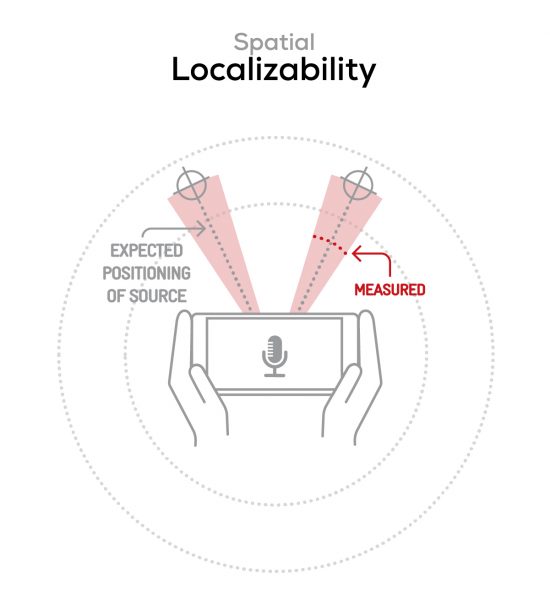
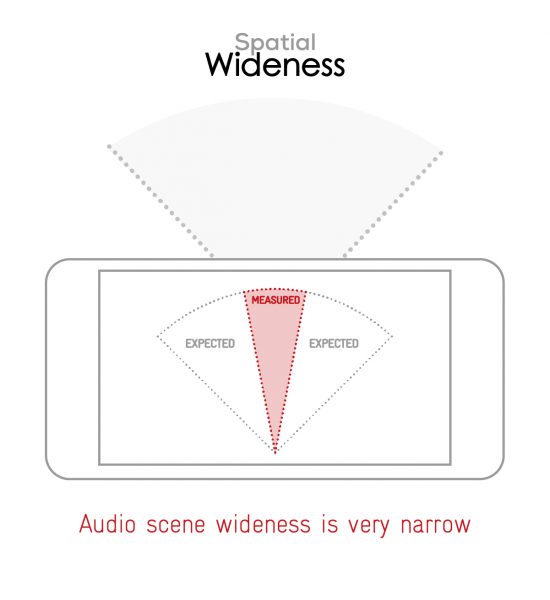

Volume
Google Pixel 7a
170
The Volume score represents how loud audio is normalized on the recorded files and the how the device handles loud environments, such as electronic concerts, when recording.
| Meeting | Life Video | Selfie Video | Memo | |
| Google Pixel 7a | -28.7 LUFS | -22.3 LUFS | -20.6 LUFS | -23.4 LUFS |
| Google Pixel 6a | -27.6 LUFS | -19.3 LUFS | -17.8 LUFS | -20.9 LUFS |
| Samsung Galaxy A54 5G | -25.8 LUFS | -22.2 LUFS | -20.9 LUFS | -21.1 LUFS |

Artifacts
Google Pixel 7a
145
The Artifacts score measures the extent to which the recorded sounds are affected by various types of distortions. The higher the score, the less the disturbances in the sound are noticeable. Distortions can occur because of sound processing in the device and the quality of the microphones, as well as user handling, such as how the phone is held.
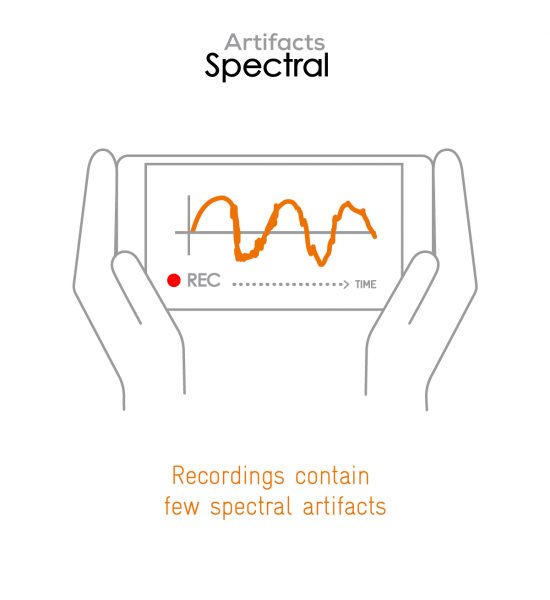

In this audio comparison, you can listen to the way this smartphone handles wind noise relative to its competitors:

Background
Google Pixel 7a
166
Background evaluates how natural the various sounds around a voice blend into the video recording file. For example, when recording a speech at an event, the background should not interfere with the main voice, yet it should provide some context of the surroundings.

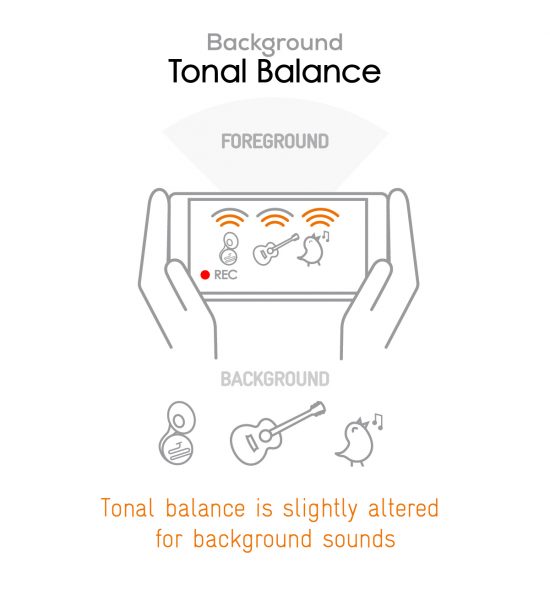


DXOMARK encourages its readers to share comments on the articles. To read or post comments, Disqus cookies are required. Change your Cookies Preferences and read more about our Comment Policy.